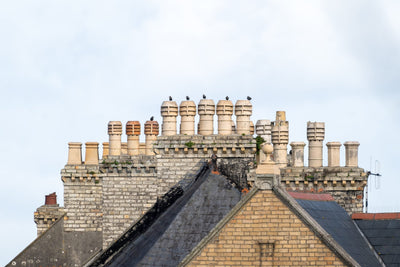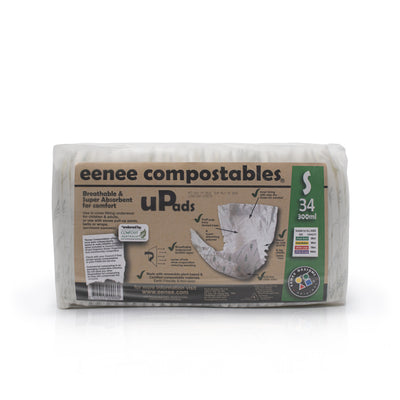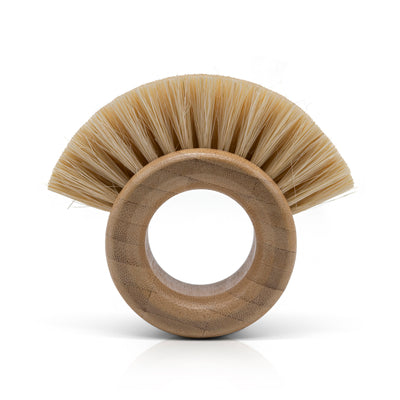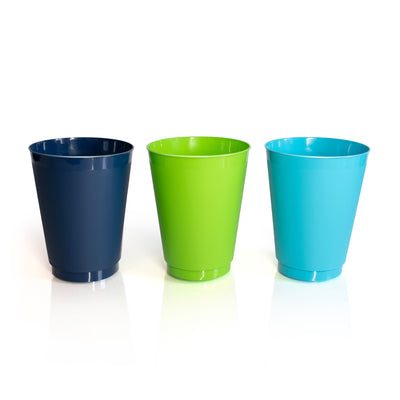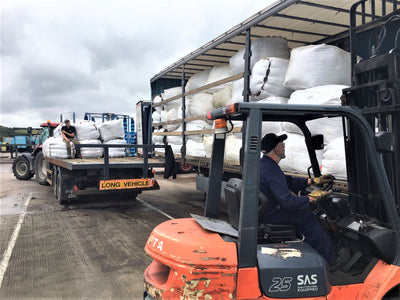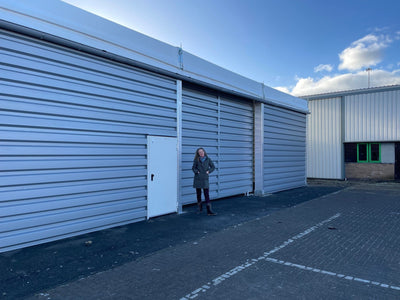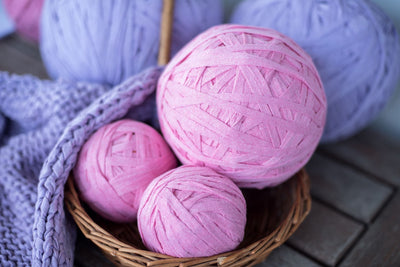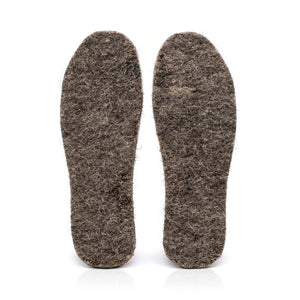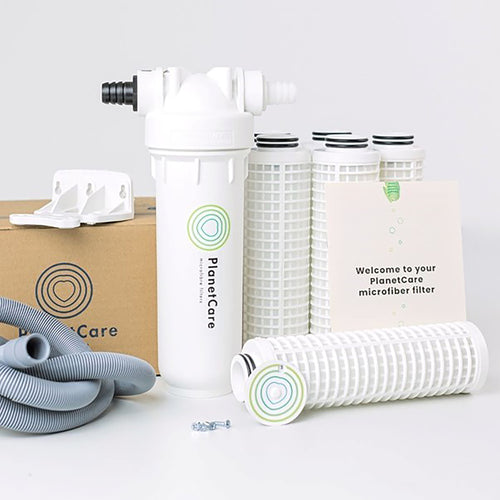Last time I wrote, I was a bit worried about the new trees being affected by the drought. It rained just in time, and the majority of the trees have done brilliantly. A bit of drought stress is actually beneficial as it forces the newly planted trees to put deep roots down. If they’re spoiled by nice regular rain, they tend to keep the roots more shallow, then the following year if it’s drier, they are less resilient.
We’ve been interested to note the progress of the trees that we plant in dense bracken and rushes. On Low Fell, we’ve been planting in bracken for several years now, and these trees tend to do better than those planted in grass and other vegetation (unless they have mulch mats). At Lodge Castle, where the land is dominated by soft rushes, we were curious to observe how these would do. The soil is heavy clay, wet. There was some concern that the rushes would out compete the tree saplings and crush them when the rushes died back in the autumn. Just as with the bracken, the rushes protected the trees from drought and predators, and the ones in the rushes have done much better than ones planted in the “better” soil that was predominantly covered in grass.

Of course, it depends a lot on the species. We predominantly planted alder, willow and aspen in the rushes. These thrive in damp conditions and are rapid growing trees. Other species also benefitted from the shelter of the rushes. Holly in particular enjoyed the woodland simulation.
Some of the ones planted in the grass were mulched with wool, which helped suppress competition from the grass and ensured they stayed moist. However we only mulched a relatively small number as we planted many thousands of trees and it would have required a lot of wool being brought to site. The ones in the grass are growing OK, but more slowly than the ones in the rushes. Species like hawthorn cope well with the grass, and the Scots pines just ignore it and carry on!

Did I mention the 6 ponds we put in? These stayed murky for most of the summer. Then something interesting happened. Birds quickly began using the ponds (ducks and geese seemed to use different ponds, and seagulls from the nearby recycling plant dominated one pond at the bottom of the site). Then aquatic plants started appearing, and before long the ponds started clearing. It’s been fascinating to observe. And the insects just appeared. I wonder how much time they spend just flying around scouting for new ponds to colonise. The dragonflies have been spectacular, but there have been all kinds of insects, and then it’s been gratifying to observe all the insect-eating birds that have made themselves right at home.

This winter is our first year for a while when we haven’t had a mega planting scheme going on. We’ll top up a few thousand at Low Fell, but otherwise it’s going to be a quiet winter. However. We’ve been lucky enough to have received a couple of generous donations, we spent the summer scouting out potential sites, and, well, I might have some news for you in a few months’ time….

